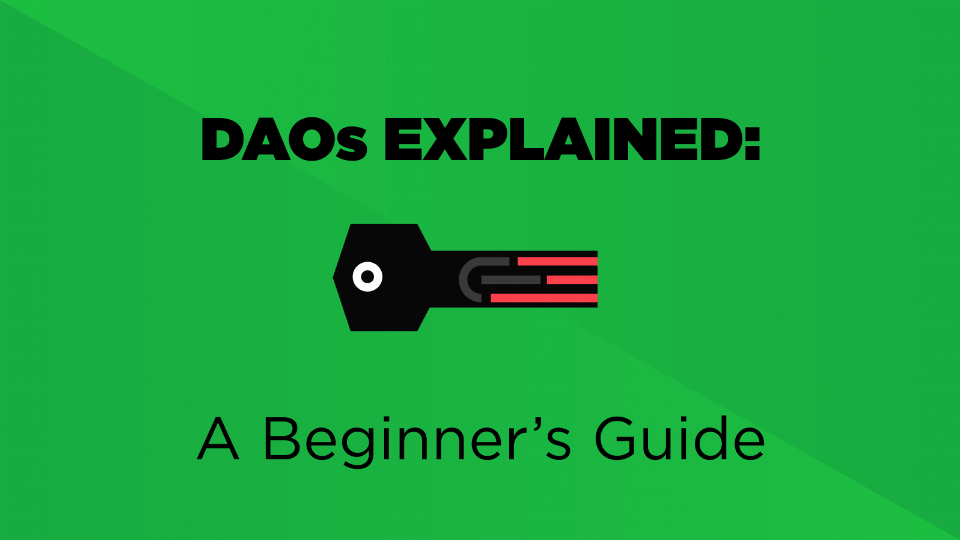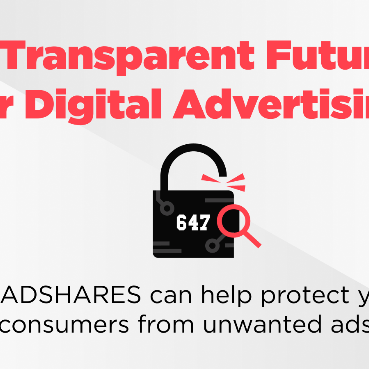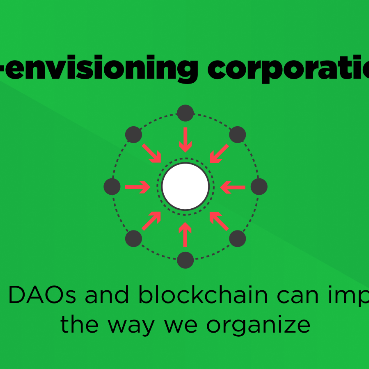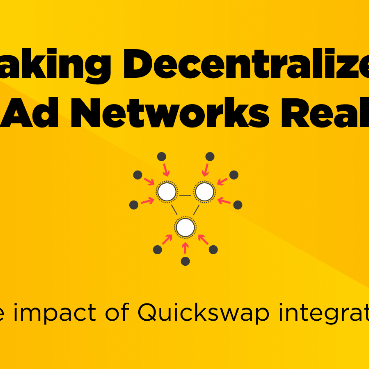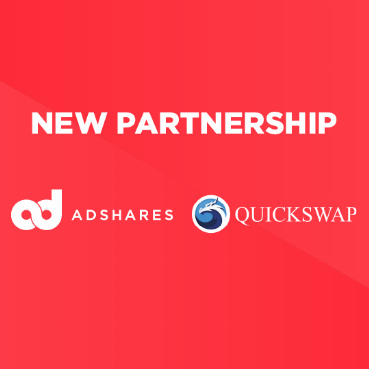In the realm of cryptocurrencies and blockchain technology, decentralized autonomous organizations (DAOs) have emerged as a groundbreaking innovation. As the next step in digital assets, DAOs are redefining the way we think about governance, collaboration, and decision-making.
But what exactly is a DAO? How does it work? Do its benefits actually outweigh its limitations?
In this beginner's guide, we'll break down the inner workings of a DAO, explore its purpose and key components, and dive into some examples to help you better understand this fascinating concept.
Let's embark on a journey to uncover the potential of DAOs and how they could redefine traditional organizational structures in the years to come!
What Is a DAO? An Overview
A decentralized autonomous organization (DAO) is a novel form of legal structure that operates without a central governing body.
Instead, its members, who share a common objective to act in the entity's best interest, make decisions collectively through a bottom-up management approach.
Essentially, such an organization operates on blockchain technology without the need for traditional management structures like CEOs or boards of directors. Decisions are made through a consensus mechanism among its members, who hold tokens representing their stake in the organization.
The concept of a DAO emerged as an extension of the blockchain revolution, which seeks to replace centralized control with decentralized networks. At the beginning of May 2016, a few members of the Ethereum community announced the inception of The DAO, also known as Genesis DAO.
One of the defining characteristics of cryptocurrencies is their decentralized nature. They are not controlled by a single institution such as a government or central bank but instead distributed across various computers, networks, and nodes.
This decentralization allows digital currencies to achieve superior levels of privacy and security compared to traditional currencies and their transactions.
DAOs are a new way for people to collaborate, make decisions together, and distribute resources based on collective agreement rather than hierarchical authority.
Purpose
The primary objective of DAOs is to revolutionize traditional management structures by automating certain aspects of decision-making and transaction processing.
By leveraging blockchain technology and smart contracts, DAOs aim to create a more efficient, transparent, and democratic system for governance and resource allocation. It also ensures that no single entity holds excessive power over the organization, reducing the risk of corruption and fostering a more equitable environment for all participants.
DAOs are designed to streamline voting procedures, enabling members to make collective decisions without intermediaries. This bottom-up approach fosters greater participation from all stakeholders. This ensures that the organization's decisions truly reflect the will of its members.
Additionally, DAOs can automate transaction processing, reducing the likelihood of human error and increasing the speed at which transactions are executed.
By removing centralized control and bureaucracy, DAOs empower individuals to work together towards shared goals while promoting transparency and accountability within the organization.
This decentralized model enables organizations to adapt more quickly to changing market conditions and allows for better collaboration among members.
DAO’s Benefits & Limitations
DAOs have their benefits and drawbacks, and it’s essential to be aware of both before committing to such an approach to organizational processes.
|
Benefits |
Limitations |
|
Decentralization Decisions are made by a group of individuals, distributing authority across a vast range of users. |
Speed Decision-making can take longer due to the need for all users to vote, especially considering time zones and other priorities. |
|
Participation Individuals feel more empowered and connected with direct voting power on all matters, encouraging active involvement. |
Education DAOs face challenges in educating a diverse set of members with varying backgrounds, understanding, incentives, and access to resources. |
|
Publicity Votes cast via blockchain are publicly viewable, incentivizing actions that benefit reputation integrity and discourage acts against the community. |
Inefficiency The time needed to educate voters, communicate initiatives, explain strategies, and onboard new members can lead to inefficiency. |
|
Community DAOs encourage people from all over the world to collaborate seamlessly in building a shared vision. |
Security DAOs require significant technical expertise to implement securely; without it, the trust may be compromised, and the entity's structure may be vulnerable to exploitation. |
The Anatomy of a DAO: Key Components
Three fundamental components make up a DAO:
|
Blockchain |
Smart Contracts |
Tokens |
|
The underlying technology that provides transparency, security, and immutability for all recorded transactions and decisions. |
Self-executing contracts that encode the rules of the DAO and automate decision-making processes, eliminating the need for intermediaries. |
Digital assets that represent a member's stake in the DAO, which are used to vote on proposals and make decisions within the organization. More tokens typically translate to greater voting power. |
This token-based system encourages community investment and ensures the safety of ownership and governance rights through blockchain technology.
In addition to the core components mentioned above, several other elements contribute to the overall structure of a DAO:
-
Proposals. Ideas submitted by members for consideration by the entire community, typically related to initiatives or investments that require funding or resources.
-
Voting mechanisms. Methods through which token holders can express their opinions on proposals, ranging from simple majority voting to more complex systems like quadratic voting.
-
Governance framework. Rules and protocols that determine how decisions are made, including criteria for submitting proposals, voting procedures, and dispute resolution mechanisms.
So, How Do DAOs Work?
DAOs operate through a combination of blockchain technology, smart contracts, and consensus mechanisms.
-
Members submit proposals for projects or investments that require funding or resources.
-
These proposals are then voted upon by token holders, with each token representing one vote.
-
Once a proposal receives the necessary support (usually determined by a predetermined threshold), the associated smart contract is executed automatically. This process can involve distributing funds, allocating resources, or initiating other actions as outlined in the proposal.
As a result, DAOs can streamline decision-making processes by cutting out intermediaries and reducing bureaucracy while ensuring transparency and accountability among members.
Unlike traditional companies with clear distinctions between employees and non-employees (e.g., partners, suppliers, and even customers), DAOs feature a more fluid structure.
They may have full-time paid employees as well as casual contributors, those compensated for specific tasks (or "bounties"), and individuals who only participate in governance voting using their tokens.
Membership
DAO members voluntarily join the organization and work on projects they find interesting. To get involved in a DAO community, one option true for many DAOs is simply joining their Discord server.
Some DAOs allow open membership, rewarding more active participants with additional governance tokens.
At the same time, others require token-gated, i.e., share-based membership, where individuals must purchase tokens or submit a work proposal to access membership benefits.
For example, here is how to join our Adshares DAO:
To align incentives and progress toward their mission, most DAOs necessitate some form of worker-led organization, often resulting in a relatively flat structure with minimal hierarchy.
The initial absence of a clear chain of command in many DAOs adds an intriguing layer of complexity to their internal structure.
Consequently, DAOs have developed various methods of creative self-organization, enabled by the incentive and ownership mechanisms inherent to Web3 technology.
DAO Types & Examples
DAOs can be applied across various industries and sectors, from finance and investment to governance and social impact initiatives.
|
Type |
Description |
Real-Life Examples |
|
DAO Operating Systems |
These DAOs provide a framework or platform for creating and managing other DAOs, offering tools and resources to streamline building decentralized organizations. |
Aragon, DaoStack, DaoHaus, Syndicate, Orca, CW. |
|
Investment DAOs |
Such DAOs pool investment capital from members to either generate profit or support public benefit initiatives. |
MetaCartel, VitaDAO, theLAO, MetaCartel, Komorebi. |
|
Grants DAO |
Focused on funding projects and initiatives that align with specific goals, Grants DAOs distribute financial resources to selected ventures through a community-driven decision-making process. |
MetaCartel Venture, MolochDAO, Audius Grants, Mint Fund, Compound Grants. |
|
Protocol DAOs |
These DAOs are responsible for developing and managing decentralized finance protocols, which enable secure and efficient financial transactions on the blockchain. |
Uniswap, Compound, Maker, Yearn, Sushi. |
|
Collector DAOs |
Centered around collectible Non-Fungible Tokens (NFTs), Collector DAOs bring together enthusiasts who share a common interest in acquiring, trading, and showcasing NFT-based digital art and collectibles. |
PleasrDAO, Bored Ape Yacht Club, Flamingo, Whale, BeetsDAO, MUSE0. |
|
Service DAOs |
Service DAOs assemble a pool of talent to work on various projects and services, connecting skilled individuals with organizations seeking specific expertise. |
Raid Guild, dOrg, DXdao, DeepDAO, Fire Eyes. |
|
Social DAOs |
These DAOs foster a sense of community and shared interests among their members. Social DAOs facilitate networking, collaboration, and knowledge-sharing by providing a platform for individuals to connect, engage in discussions, and participate in various community-driven events and initiatives. |
FWB, Seed Club, Metafam, Cabin DAO, Radicle, etc. |
|
Media DAOs |
These DAOs focus on creating, curating, and distributing media content across various platforms, leveraging the power of decentralization to promote diverse perspectives and foster creative collaboration within the media landscape. |
FOREFRONT, BanklessDAO, GCR, DarkstarDAO, rekt, etc. |
Conclusion
DAOs represent a paradigm shift in how we think about organizational structures and governance models.
By leveraging cutting-edge blockchain technology and token-based incentives, DAOs provide a framework for creating more democratic and participatory organizations better equipped to adapt to the rapidly changing digital landscape.
With various types of DAOs available, there is a myriad of opportunities for individuals to contribute their skills and expertise while being rewarded for their efforts.
As technology continues to evolve and expand, we can expect to see even more innovative applications of DAOs in various sectors, making them an essential topic for anyone interested in the future of blockchain and digital assets.
By embracing the principles of decentralization, collaboration, and community-building inherent in DAOs, we can unlock the potential for more innovative solutions and empower people globally to work together towards shared goals.
Ultimately, DAOs hold the promise of shaping a more equitable and inclusive future that harnesses collective intelligence for the betterment of society as a whole.
